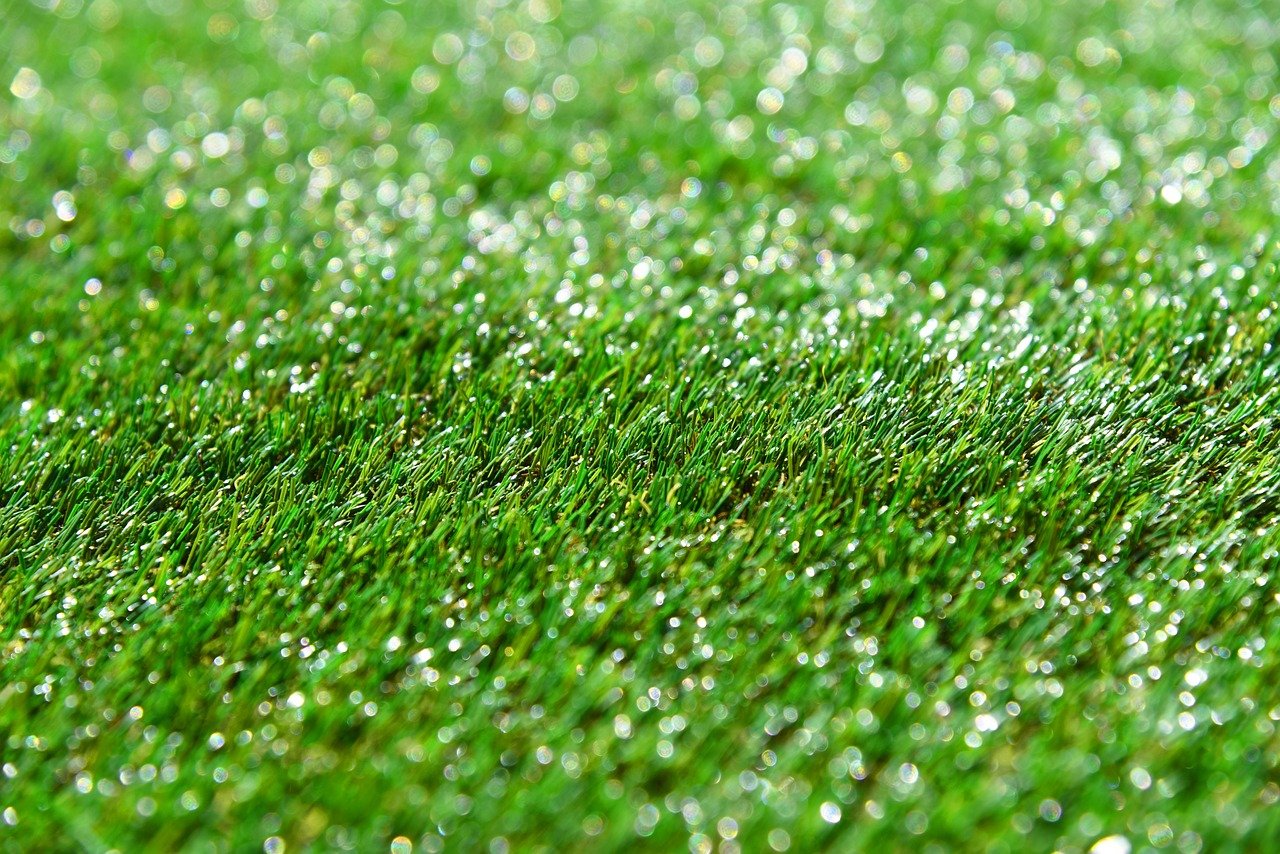
State regulators are cracking down on where property owners may install artificial turf near coastal waterways.
During the meeting of the Coastal Resources Commission Wednesday, Sept. 15, Robb Mairs, minor permits coordinator with the North Carolina Division of Coastal Management’s Wilmington office, said the use of artificial turf within the state’s 75-foot coastal shorelines area of environmental concern, or AEC, and associated 30-foot buffer “suddenly emerged” this year.
Supporter Spotlight
The seemingly new trend has raised concerns about certain materials used to install artificial grass, the different types of material used to make artificial turf, whether those materials are pervious or not, and how their proximity to coastal waters may affect water quality.
Coastal Resources Commission rules restrict development within the 30-foot buffer to water uses, including docks, piers, boat ramps, bulkheads and accessways. There are some exceptions to the rules, such as pile-supported signs, elevated, slatted wooden boardwalks, crab shedders, decks and grading, excavation, and landscaping as long as it excludes wetland fill — unless required by permit in a shoreline-stabilization project.
However, the state does not have standards for artificial turf being installed within that buffer, Mairs explained.
Coastal AECs include wetlands, estuarine waters, public trust areas and estuarine and public trust shorelines.
The 30-foot buffer within those AECs is considered by state coastal officials to be particularly crucial in protecting water quality.
Supporter Spotlight
Division of Coastal Management officials this past May first caught wind of artificial turf being installed within the 75-foot AEC in Wrightsville Beach, according to Christy Simmons, division spokesperson.
“That case was resolved through an enforcement action and the shoreline buffer was restored,” Simmons said in an email.
Since then, the division has been reviewing cases in Corolla in Currituck County, Topsail Beach in Pender County and Wrightsville Beach in New Hanover County, she said. In some of those cases, artificial turf will have to be removed, at least from within the 30-foot shoreline buffer.
“In the limited enforcement cases we’ve had so far, we’ve only required removal of the artificial turf and have not assessed any civil penalties,” Simmons said.
As division permit officers are handling these cases, they’re fielding a growing interest from property owners and landscapers asking about placing artificial turf within the coastal shoreline AEC.
Part of the debate about regulating artificial turf within the AEC goes to the question whether fake grass and the materials used to install it are impervious.
Coastal Resources Commissioner Neal Andrew said at the commission’s Sept. 15 meeting that he’d seen some of the artificial turf that has been installed in Wrightsville Beach.
“It appears water does drain through this material and therefore appears to act as a pervious surface,” he said. “I personally don’t see an issue with it being outside that 30-foot range.”
Division Director Braxton Davis said it had yet to be determined whether artificial turf is pervious and that any such determination may have to be concluded on a case-by-case basis.
Mairs said the problem is that some components of artificial turf appear to be inconsistent with standards set by the North Carolina Division of Water Resources and state Energy, Mineral and Land Resources, or DEMLR, state stormwater section.
DEMLR staff say they would have to decide case-by-case whether artificial turf is pervious.
Any such determination would not preclude DEMLR’s regulations that require vegetated setbacks from surface waters in coastal stormwater permits. The rules mandate that the area within the buffer remain vegetated unless one or more exceptions in the rules have been met.
Artificial turf is not an exception.
Buffer rules in the Tar-Pamlico and Neuse rivers do not include artificial turf in their table of uses.
Division of Water Resources officials advised that artificial turf appears to contradict the intent of the rules to preserve the buffer as a function for removing nutrients.
Water resources officials have expressed concerns about the potential of small plastic fibers, and rubber or silica beads sometimes mixed into soil under the turf during installation getting into nearby waters and potentially violating state water quality standards.
Larry Baldwin, vice chair for the Coastal Resources Commission, said that if artificial turf is installed for the purpose of stormwater infiltration, design could make a difference, especially if it were to cut down on potential nutrient runoff if turf is used replace fertilized grass.
“I’m kind of torn on this in terms of what’s better for water quality,” he said.
Commissioners voted 10-1, with Baldwin dissenting, to prohibit the installation of artificial turf within the 30-foot buffer.
“I think if we’re all concerned about water quality I’m going to make it as simple for staff as possible and protect the last line of defense for our waters,” said commission Chair Renee Cahoon.
Commissioner Craig Bromby said the commission should look further into the matter.
“I think we can maintain the status quo and endorse (the division’s) interpretation, but I think this needs looking at,” he said.








